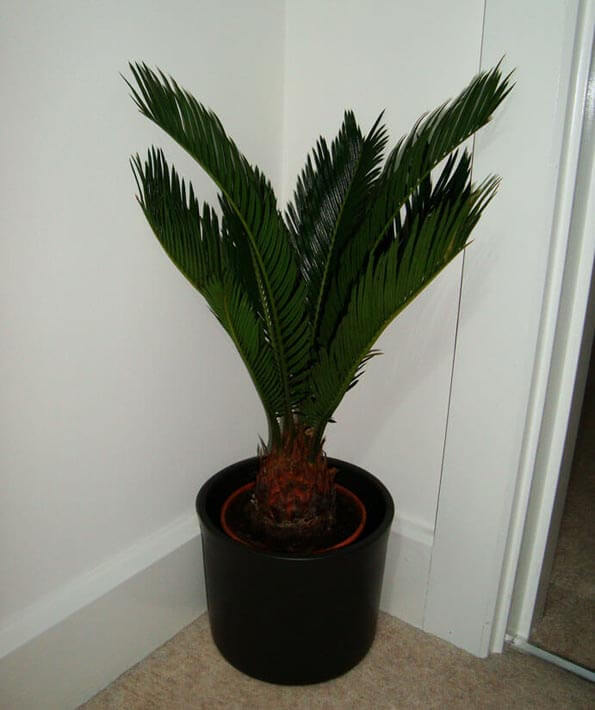
Studies have shown growing plants indoors can improve air quality, increase humidity, decrease fatigue, improve health and decrease stress. The most efficient way to obtain these benefits would come from growing plants that require no equipment, and virtually no time or energy. It just so happens, nature has provided us with a plethora of options. The following is a list of plants that I know from personal experience, will withstand almost complete neglect.
The Velvet Plant is a quickly growing vine with velvety purple leaves and bizarre yellow flowers. The flowers smell terrible, I recommend pinching them off and sticking with the foliage. It works great in hanging baskets or as a wrap around for unsightly plant shelving. They only last a few years but the plant is easy to propagate via cuttings which will root quickly in a glass of water. Once it is planted, the Velvet Plant requires very little maintenance. The leaves will let you know with a good wilt when they need watered and a balanced fertilizer can be diluted to 1/2 strength and applied about once a month.
English Ivy is an invasive species outdoors because it will grow just about anywhere, spreads fast and is hard to kill. I can’t stress enough how important it is to be responsible if you ever dispose of it. The same traits that make it not-good for outdoors make it incredibly easy to grow indoors. English Ivy has trailing stems that can be situated along shelves, draped over the side, or molded into shaped trellises along anything it can climb. The ideal environment is cool and moist with medium to bright filtered light but it will tolerate a wide variety of temperatures, humidity levels, light levels and growing mediums. English Ivy is an excellent choice for the office as it has the ability to chemically neutralize benzene, a toxin emitted by some paper products and office equipment.
Guzmania Bromeliads are naturally adapted for growing indoors and have beautiful, brilliantly colored bracts that look like a giant flower which can last for months. They survive well in low light conditions, are drought tolerant, will grow in a variety of mediums and are light feeders. Bromeliads are a good choice for bedrooms because they process oxygen at night as opposed to most plants which absorb oxygen in the absence of light and release CO2 just like we do.
The Sago Palm is another no fuss indoor plant. It managed to make it on its own since the time of the dinosaurs. A half strength fertilizer 4 times a year and a regular misting is good for them but I don’t do either and mine is still pushing out new feathery fronds. It’s a slow grower, but they live for a very long time, literally hundreds of years.
The Angel Wing Begonia will grow from a small cutting to a full plant in a matter of months. Once it is established, they can bloom year round with little bunches of delicate flowers that are edible. They prefer a rich, well-drained soil but will grow robustly in about any mix. Indoor Angel Begonias are not heavy drinkers or big feeders and typically won’t attract pests. Diseases are a rarity as well with most problems being cared for by simply removing an affected leaf. These are only a handful of the hundreds, if not 1,000s of plants we can grow to enjoy the multitude of health benefits provided by the indoor garden using the bare minimum investment of time and resources for ultimate efficiency.
Angela Lundmark is an indoor gardener and freelance writer.
Related Articles & Free Email Newsletter
Bamboo is a Great Greenhouse Plant
Chinese Evergreens are a Great Greenhouse Plant




Comment here